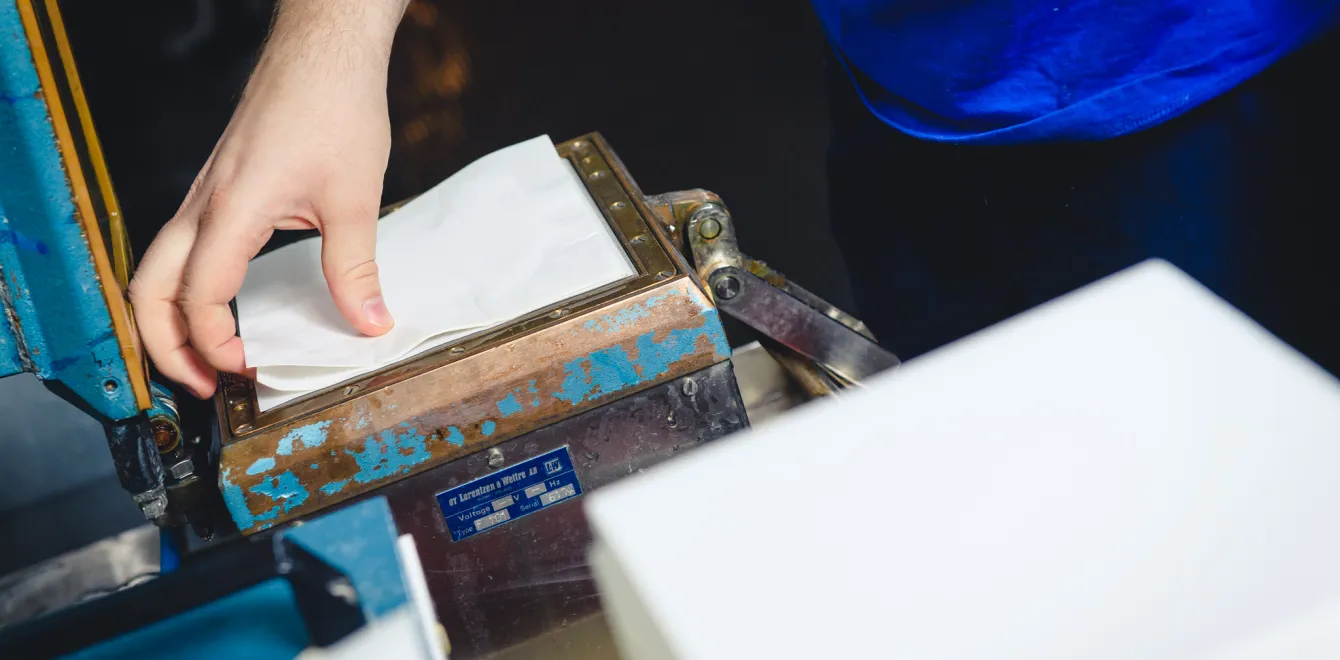To develop, optimize the pulp process, testing and characterization of the pulp is important. Partly to know which properties are affected when process conditions change.
Purpose
Grinding pulp for sheet and testing gives a good overview of the end product's important properties for good quality. Evaluation of the fiber composition or the effect of milk chemistry is also possible. See RISE opportunities below. It is also possible to order mapping in use to follow important parameters.
Method
Refinery
Pulp properties
- Beating Degree SR°/Freeness CSF
- Dewatering ability, DDA
- Water retention value, WRV
Prepararion of the pulp
- Pulp concentration
- Standard water/deionized water / distilled water/MilliQ water
- Dry content determination
- Disintegration
Laboratoriearkning
- Conventional sheet former
- Rapid Köthen sheet former
Egenskaper på handark
- Grammage
- Thickness, bulk och density
- Tenslie strength properties
- Brightness
-
- Air permanence/porosity, Bendtsen
- Air resistance, Gurley
- Burst strength
- Tearing resistance
Optical properties
- ISO-Brightness
- Whitness CIE, ASTM E313
- Light scattering coefficient, s
- Light absorption coefficient, k
Fiber contribution
Bauer McNett, fiber fractions
BrittJar, fines
Somerville, shives - screening of pulp stickies, plastics, sand, metal pieces, and flakes in recycled fiber.
Fiberdimensioner
- Fiber length
- Fiber width
- Fiberform, curl
- Fine material
- Fiber weight, coarsness
- Spethalt
- Fiber length distribution
- Kinks
- Pictures, fibers and lace
Purities
- Dirt and tip
- Assessment of dirt and lace in sheet-dried pulp with transillumination
- Dirt in mass
- Stone cells
Permanence
- Accelerating heat aging 105 ° C / 100 ° C
- Accelerating aging 80 ° C 65% moisture
- Accelerating heat aging 120 ° C or 150 ° C
- Accelerating aging when exposed to light
- Brightness Aging in Health Test Cabinet (Xenon Light)
Meld chemistry
- Ash 525 ° C / 900 ° C
- Cation demand
- Retention studies, Britt Jar, DDA
- Turbidity
- Z-potential
Deliveries
Report
